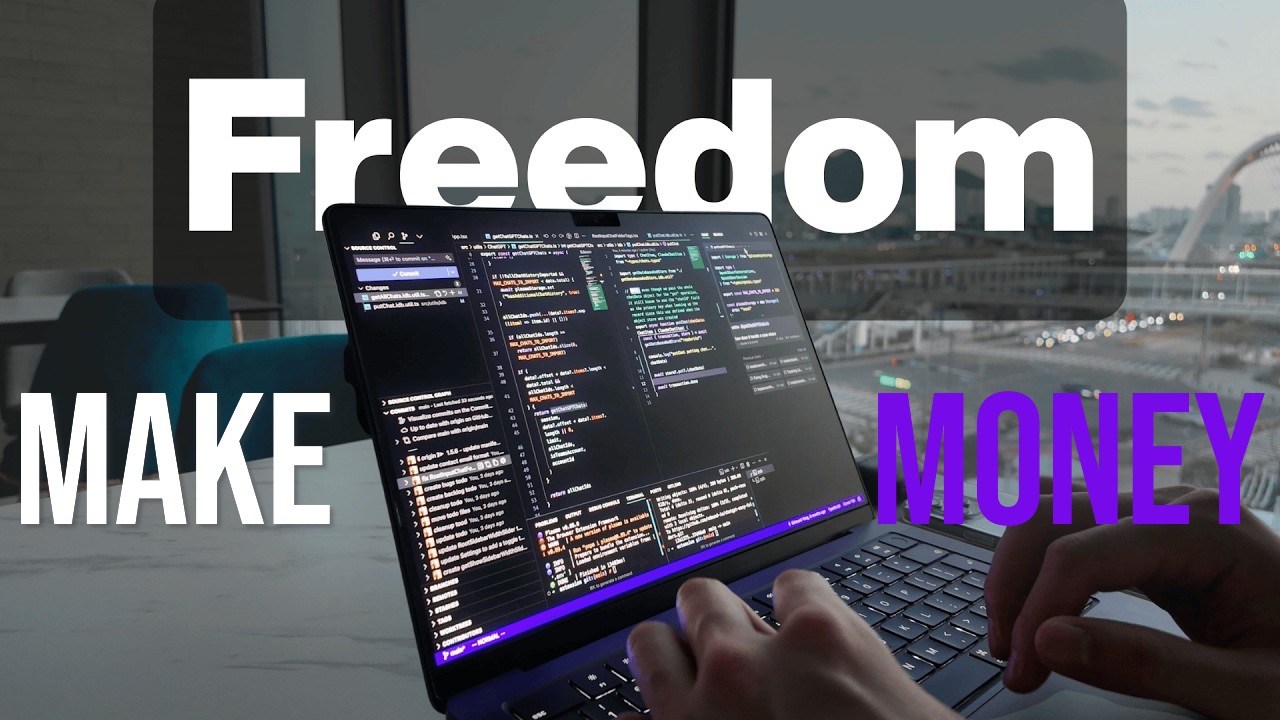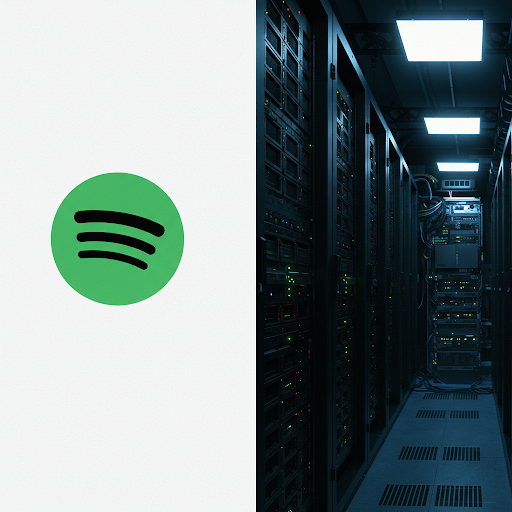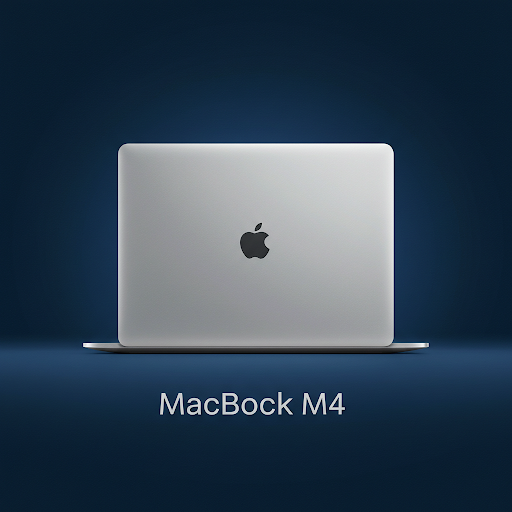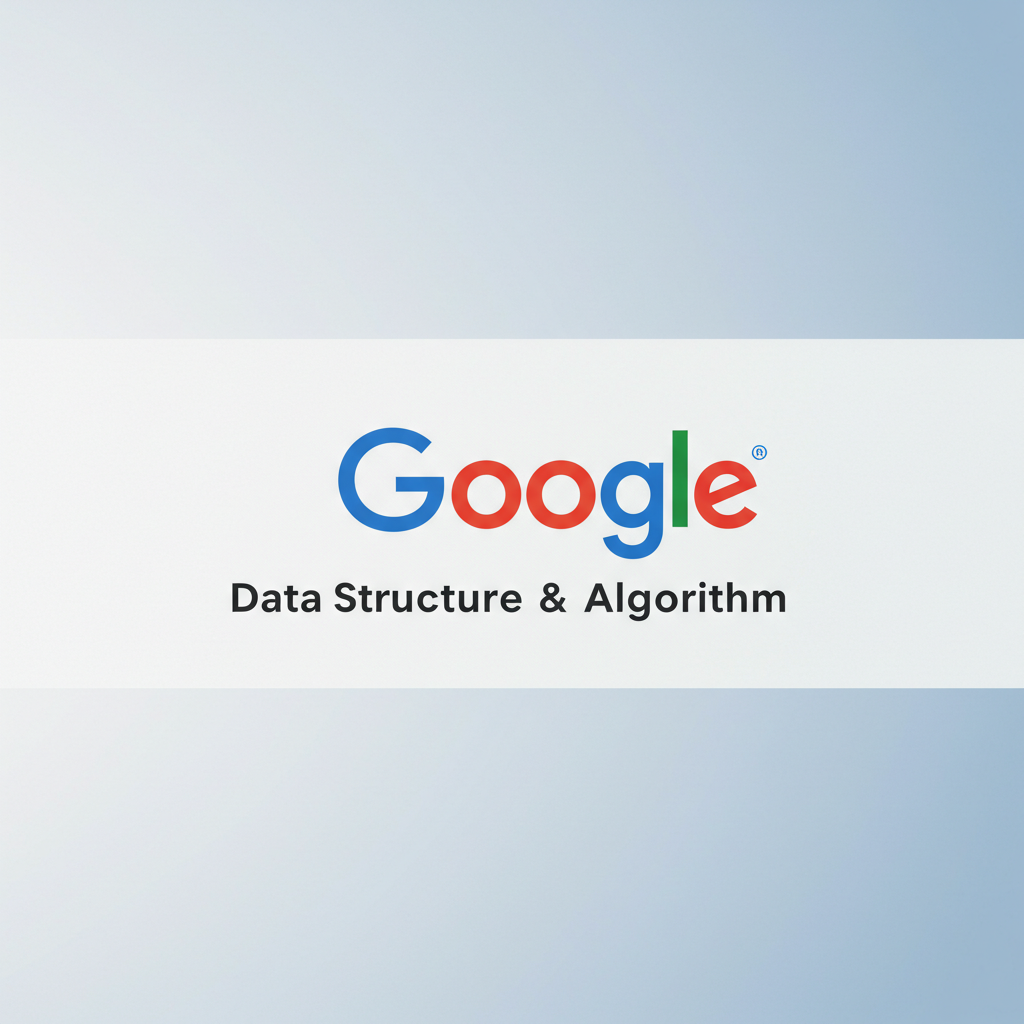
AI Job Losses: The Future of Work in an Automated World
Introduction
Artificial Intelligence (AI) is transforming industries at an unprecedented pace, bringing efficiency, automation, and innovation. However, with these advancements come concerns about job displacement. As AI takes over routine tasks, many jobs may become obsolete, leading to widespread workforce disruptions. This article explores AI job losses, the sectors most at risk, and strategies for adapting to the evolving job market.
Industries Most Affected by AI Job Losses
AI and automation impact different sectors in varying ways. Some industries face significant disruption, while others integrate AI to enhance productivity. Below are industries most vulnerable to AI-driven job losses:
1. Manufacturing and Industrial Jobs
Robotics and AI-driven machines are increasingly replacing human labor in manufacturing. From automated assembly lines to smart factories, AI is streamlining production processes, reducing the need for manual labor.
2. Retail and Customer Service
Chatbots, AI-powered virtual assistants, and self-checkout kiosks are transforming retail and customer service. Businesses are adopting AI to handle customer inquiries, reducing the need for human representatives.
3. Transportation and Logistics
The rise of autonomous vehicles and delivery drones threatens jobs in the transportation sector. AI-driven logistics and route optimization also minimize the need for traditional roles such as truck drivers and delivery personnel.
4. Finance and Banking
AI algorithms are replacing human financial analysts, traders, and customer service representatives. Robo-advisors, automated fraud detection, and AI-driven loan approvals are becoming standard in the financial sector.
5. Administrative and Clerical Jobs
AI-powered automation tools handle data entry, scheduling, and document processing, reducing the need for administrative staff. Virtual assistants powered by AI are increasingly managing routine office tasks.
The Silver Lining: Job Creation and Adaptation
While AI eliminates some jobs, it also creates new opportunities. The key to navigating this shift is adaptation. Here’s how workers and businesses can prepare for the future:
1. Upskilling and Reskilling
To stay relevant, workers must acquire new skills aligned with emerging AI-driven roles. Learning AI, data science, cybersecurity, and other tech-related skills can open new career paths.
2. Human-AI Collaboration
Instead of outright replacement, AI is augmenting human capabilities. Businesses should focus on creating hybrid work environments where AI enhances human productivity rather than replacing jobs.
3. Government and Corporate Initiatives
Policies supporting workforce retraining, universal basic income (UBI), and incentives for AI-driven businesses to reinvest in human capital can help mitigate job losses.
4. Entrepreneurship and Gig Economy Growth
The digital economy is expanding, creating opportunities for freelancers, gig workers, and entrepreneurs. AI can empower individuals to create businesses and offer innovative services.
Conclusion
AI job losses are a reality, but they do not spell the end of employment. The future of work will be shaped by how individuals, businesses, and governments respond to AI-driven changes. By embracing lifelong learning, fostering AI-human collaboration, and promoting adaptive policies, we can navigate the transition and build a future where technology and human potential coexist harmoniously.
Related Articales
Why Rockstar Games Delays GTA 6 Trailers: A Marketing Strategy Breakdown
Apr 1, 2025.23Getting Started with ArcGIS JavaScript API: A Guide for Developers
Apr 1, 2025.23Object Destructuring in JavaScript: A Simple Guide for Developers
Apr 1, 2025.23Difference Between TypeScript and JavaScript: Which One Should You Choose?
Apr 1, 2025.23










